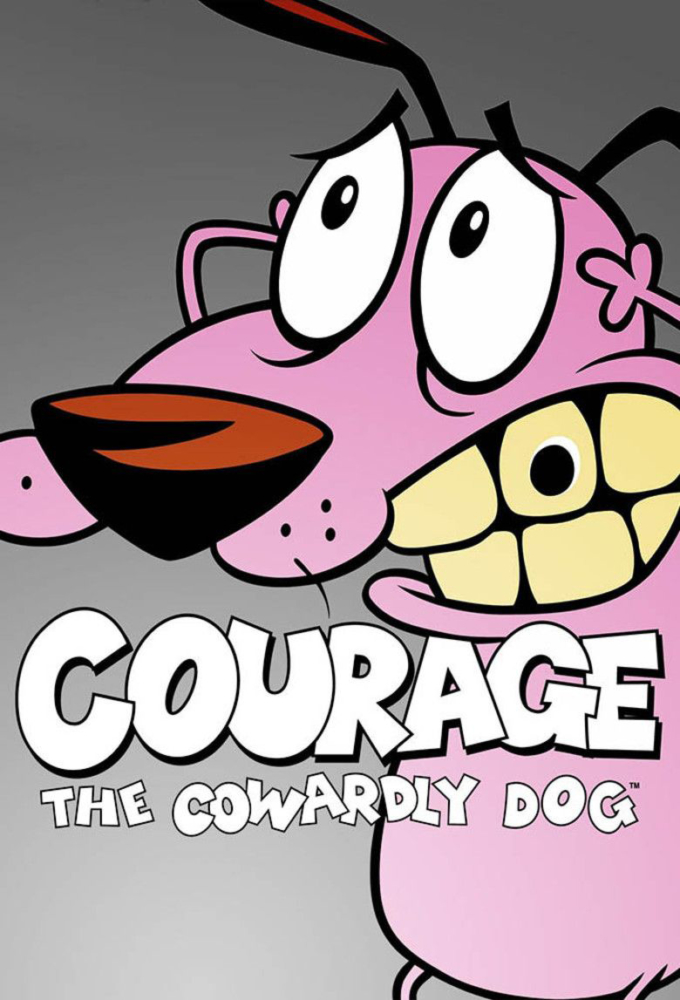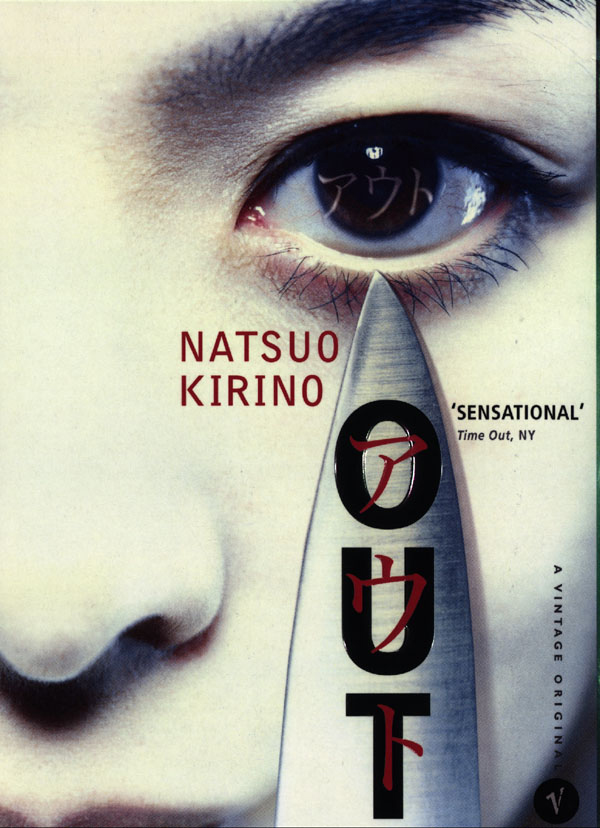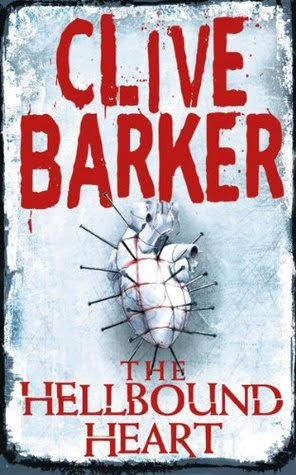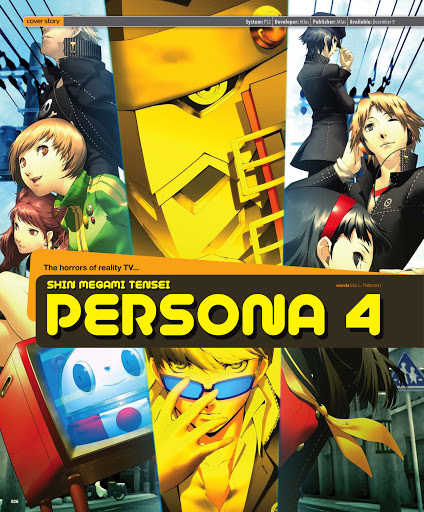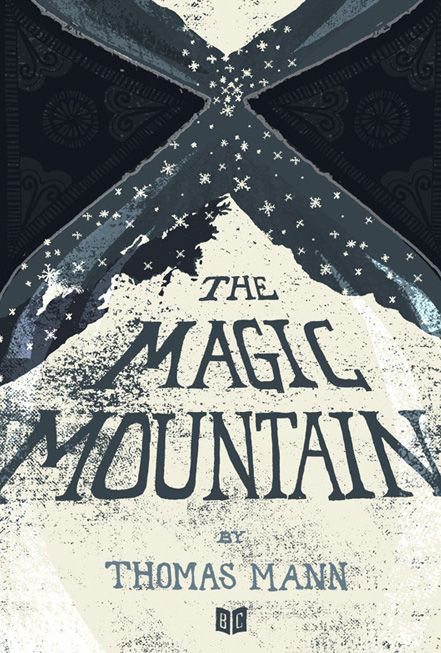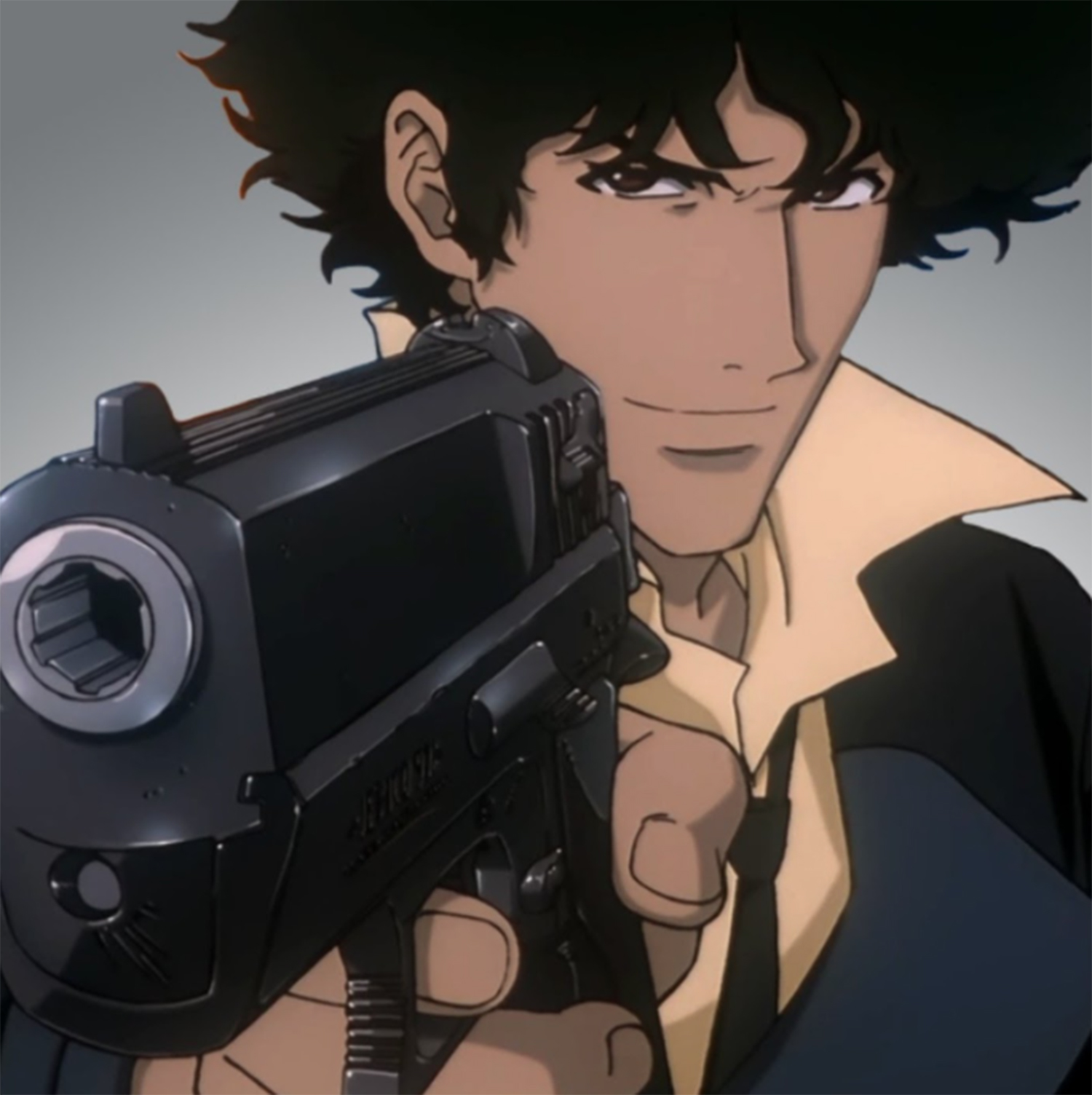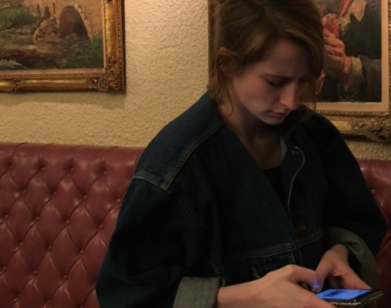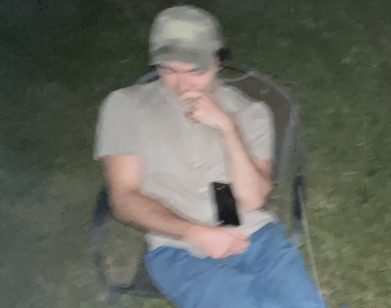Five Works of Art That Warped the Mind of the Writer John Fram
John Fram hasn’t just revolutionized a genre with his delicious and diabolical debut novel, The Bright Lands, out July 7. He may have invented a totally new one all his own: the queer, literary, western, horror, gothic, football, mystery quest. The seemingly straightforward plot centers on Joel Whitley, a street-smart New Yorker who returns to his dusty hometown in Central Texas to help out his young brother, Dylan, a handsome high-school quarterback. But when Dylan goes missing, Joel is left to piece together what happened to his sibling and ends up unleashing an onslaught of secrets and monsters unimaginable on any daylight drive down Main Street. In lesser hands, this novel would merely be a lot of fun. But Fram is a risky and thrilling writer who understands intuitively how to pave a story in suspense while also delving into deeper issues of love, acceptance, and the evil that lurks in us all. To mark the book’s publication, Fram pulled back the curtain on some of the crazier inspirations.
There’s little to do in Waco, Texas, except to write and masturbate, and I eventually got bored of the latter. What awaited an underweight asthmatic boy outside? Sweat, distress, and young men with sharp bodies and sharper teeth. No, thank you, ma’am. I killed my time under air-conditioning, proudly informing our small house that I was going to be a writer, and since I had no idea how exactly I planned to do this, I more or less stayed in bed until I figured it out. I’ve never understood why some works of art are innately superior or inferior to others. Cartoons (both American and Japanese) often have more to say about life and the world we live in than most National Book Award winners, and take far less time to say it. In our religious family, if you didn’t have the patience to read the Bible, a really good thriller was the next best thing.
I’m still figuring out how to be a writer, but I’m about to publish a book with my name on it (to no one’s surprise, it contains Texas boys, thrills, masturbation, and a touch of the religious), and I’ve organized, in no particular order, the five works of art that upset me, thrilled me, and changed me. If you want something to blame for The Bright Lands, you can start below.
———
Courage the Cowardly Dog on the Cartoon Network, 1996-2002
Children are hardier than we give them credit for—just ask any kid who’s survived an evangelical church service and didn’t immediately set himself on fire—but it still astonishes me to remember that Courage the Cowardly Dog aired during a primetime slot on the Cartoon Network. The eponymous purple dog shares an isolated farmhouse in the middle of Nowhere, Kansas (a landscape not far removed from the empty wastes of Central Texas where I grew up), with a doting old lady and her prickly, dog-hating husband. Week after week, the farmhouse is assailed by a demon-possessed mattress, a ruthless cat doctor, and a zombie film crew seeking to resurrect their favorite star. As the show’s seasons progressed and the creators ran low on horror movie tropes to package for children, the episodes grew into eerie fairytales, sumptuously animated adventures through dreamscapes and deep darkness: cloud kingdoms, wish-granting trees, a dusty city in the bag of a vacuum cleaner.
Courage is every gay boy: he’s crafty, terrified but committed to saving the people he loves, and deserves to live as a queer icon on par with the Babadook. But more than that, the show is one of the reigning works of American surrealism, the blue-collar answer to Mulholland Drive, and a singular achievement in animation. It also scared the literal piss out of me.
———
Out by Natsuo Kirino, 1997
Nothing, absolutely nothing, in American suspense fiction can prepare a reader for this masterpiece of Japanese noir. A Tokyo housewife murders her dissolute husband. She works at a factory producing box lunches, backbreaking work with measly wages, and two of her coworkers agree to carve up and dispose of the body for her, in exchange for a portion of the man’s life insurance. A fourth woman from the factory weasels her way into the scheme, kicking off a chain of horrors that soon involves Yakuza enforcers, hostess bars, and a very dangerous man who finds himself framed by the cops for the murder and is out for blood. The ringleader of the group is a housewife named Masako, and it’s her realization that someone is stalking her operation—along with her growing disillusionment with the life expected of a good Japanese woman—that elevates this novel from a taut thriller into something entirely more transgressive and transcendent. What’s more horrifying to a woman always in control than the knowledge that someone is hungry to take it all away from her? The final 50 pages of Out left me shaking, tainted, but very much alive, and I’m still trying to shower it off.
———
The Hellbound Heart by Clive Barker, 1986
I might have once drunkenly referred to myself as “Stephen Queen” on an Instagram Live, but there’s already a queer master of horror and his name is Clive Barker. His Books of Blood contain some of the most exciting, eerie, gruesome stories written since the Old Testament and his exquisite novels for young readers, beginning with Ararat, answer the age-old question, “What if it’s Narnia, but on mescaline?” All that said, it’s his novella, The Hellbound Heart, that buried its hooks in me. The basis of the Hellraiser films, this is the story of a debauched aesthete who procures a puzzle box guaranteed to provide infinite pleasure to whoever can open it. Pity that the extradimensional horrors the box unleashes have a rather more piquant concept of pleasure than the average man. The thrill of this story is in its freewheeling sexuality and its capacious imagination: I’ve been to some wild corners of nocturnal New York and still find myself stunned by the erotic, morbid details Barker conjures up and discards in the span of a few sentences. It’s also so lushly written you find yourself gasping at Barker’s sheer pleasure with language on every other page. Walls are “flayed,” a “carnival of carrion birds” is heard, a skinless face is “blood buttered.” And, somewhere out there, the mysterious Engineer is at work, sighing as he fills the souls of the damned with light.
———
Persona 4, 2008
The Persona series, long considered cult classics, exploded onto the American video game market with an utterly bananas fusion of Final Fantasy, Jungian psychology, a grab-bag of mythological horrors, and a surprisingly nuanced mystery set in modern-day Japan. It also remains, 12 years after its release, one of the few games to ever grapple honestly with the complexity of sexual identity. But if all that sounds too serious, there’s a talking stuffed bear who one day reveals himself to be a luxurious blonde boy who’s irresistible to the ladies. Things start off simply enough. We are Yu, a quiet Japanese boy sent from the city to live with his uncle and young cousin in the outskirts of nowhere. Yu gradually makes friends at school, acclimates to the longueurs of country life, and watches as townsfolks are discovered dangling, dead, from TV antennas. Soon, he and his friends stumble into a secret universe that exists inside televisions and before you know it, they’re battling demons in the bowels of humanity’s collective subconscious and saving folks from the physical manifestations of their darkest secrets.
So far, none of this is especially strange from a game heavily influenced by anime and manga. Where things take a turn for the profound is when the party investigates the disappearance of Kanji, a tough high schooler who’s taken to hanging out with members of motorcycle gang and terrifying the media. Soon, the party discovers that Kanji just wants to sew and hang out with pretty boys and be accepted for who he really is. For the party to save him, they must travel into a labyrinthine bath house and battle the twisted embodiment of his self-denial: a strapping muscle man who’s sprouted roses for chest hair and beats people up with two massive golden symbols of Mars (you absolutely read that right.) After making peace with himself, Kanji becomes your party’s biggest bruiser and also its sweetest soul, showing the world that a person can, indeed, be anything they want to be. The game hit me like a jolt of electricity. I played Persona 4 in the months before I came out of the closet, and I suspect those two facts are not unrelated.
———
The Magic Mountain by Thomas Mann, 1924
By the time I read this book, I was 23 and overcompensating for the fact that I hadn’t been able to afford a college education. I punished myself with heavy French experimental literature, spent long hours staring at Finnegan’s Wake, all the while unaware that a book is only worth reading when you’re ready to read it. One afternoon, after reading somewhere that The Magic Mountain was more challenging than Ulysses, I picked up a copy, only to find myself absorbed from the first page in the story of Hans Castorp, his new home at a luxurious tuberculosis clinic high in the Alps and his slow unwinding in a world of decaying wealth, curdled youth, and hungry love. Mann’s homosexuality is no secret now, but it’s hard to imagine that any contemporary reader with a pulse would have missed it. There’s a sequence describing the “sweaters” all the handsome men of the clinic start to wear (the “quotes” are Mann’s, just one of the myriad examples of an older queer man nodding patiently to the foibles of the boys he adores) that stands as one of the most sensual, erotic passages I’ve ever read. But it’s the novel’s final hundred pages, when the text’s tone of wry observation grows more pained, when darkness begins to envelope the clinic and the tuberculosis starts to claim its victims, that we hear one of the great “key changes” in Western literature. A distinct air of unease takes hold. Surreal visions visit Hans; violent death eases through the door. And as we approach the finale, an extended séance brings us to an unnerving, heartrending encounter with a dead man, one of Hans’s few real friends, who sits at the edge of a pool of red light, “leaning back, one leg crossed over the other,” wearing that “earnest expression that had made him look so manly.”
Hans is overwhelmed. He is only just able to whisper, “Forgive me,” but tears come into his eyes and he can see nothing more. Blindly, he switches on the light switch and finds no one in the chair. But the damage is done. A great pestilence falls over the clinic and over Europe. World War I begins, sweeping Hans into “dust, rain, and mud, fire reddening a murky sky… In the tumult, in the rain, he disappears from sight.”
———
Honorable Mention: Cowboy Bebop, 1998
There’s a reason this anime series from 1998 remains a gold standard of quality in any medium. It’s the story of a ragtag group of space bounty hunters scraping by in a blighted near-future that absorbs and disgorges styles and themes from episode to episode, oscillating from high-camp comedy, gritty gangland mystery and balls-to-the-wall horror, all of it backed up by a rapacious, effervescent soundtrack that sounds like every possible style of music but somehow always, always, sounds like Cowboy Bebop. Start watching the show now for its massive heart and bracingly progressive politics. Stay for some of the most iconic images in all of animation: a slow-motion plunge through stained glass, a pocket dimension between hyperdrive gates, a spaceship vaporizing in the atmosphere as the dead soldier inside finally returns to the planet that broke him. In Bebop’s final episodes, we start to realize that the show’s writers have been doling out clues and secrets every second we weren’t paying attention, and we watch, our hearts in our throats, as characters we know better than our own friends arrive at a destination that’s as brutal and as hard-fought as it is inevitable.
Bebop bragged, even on its title cards, that it would become a genre unto itself. It’s not bragging if it’s true.

